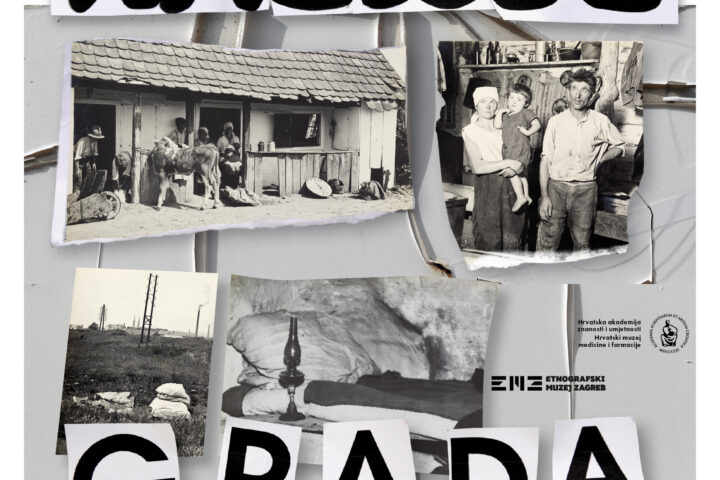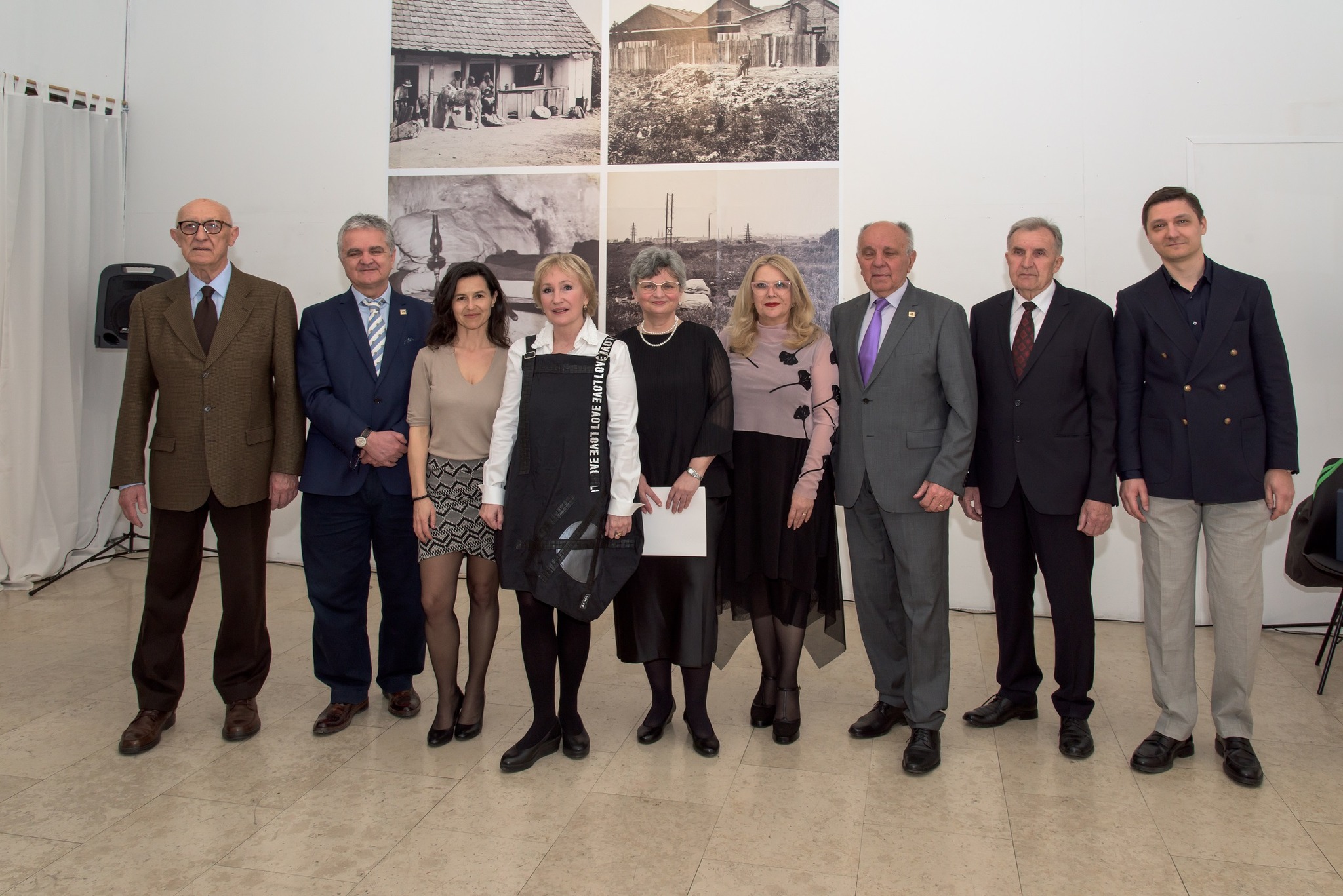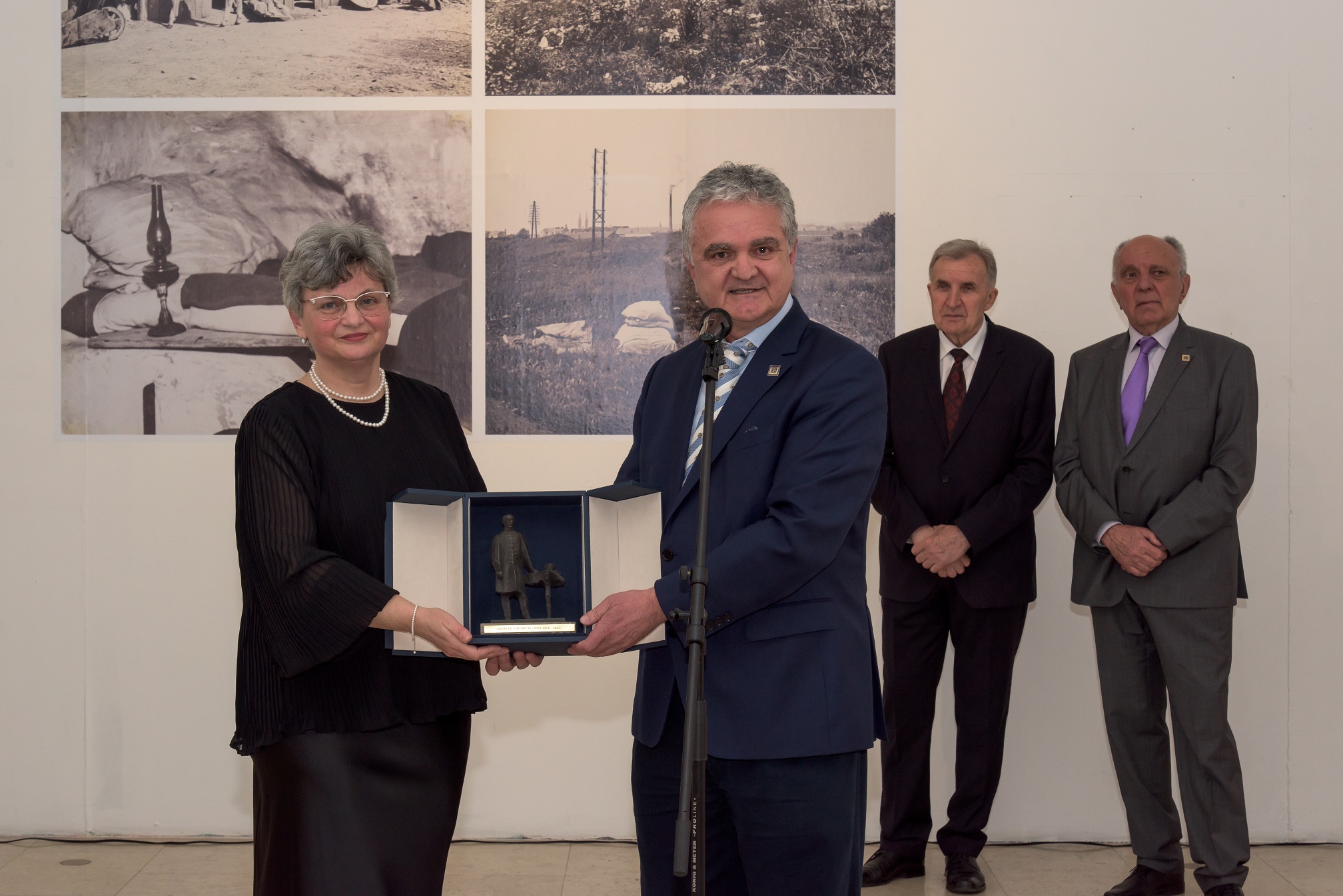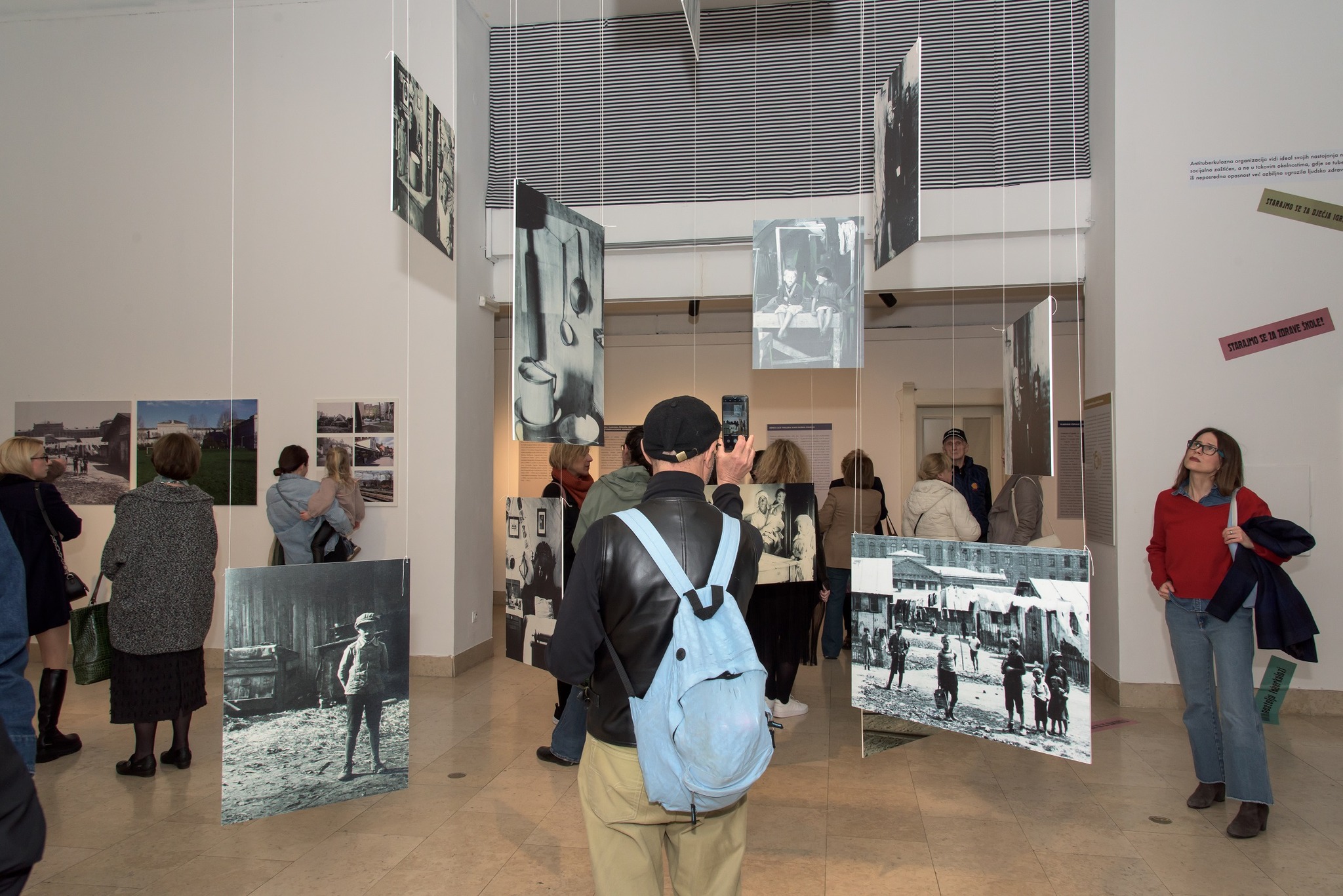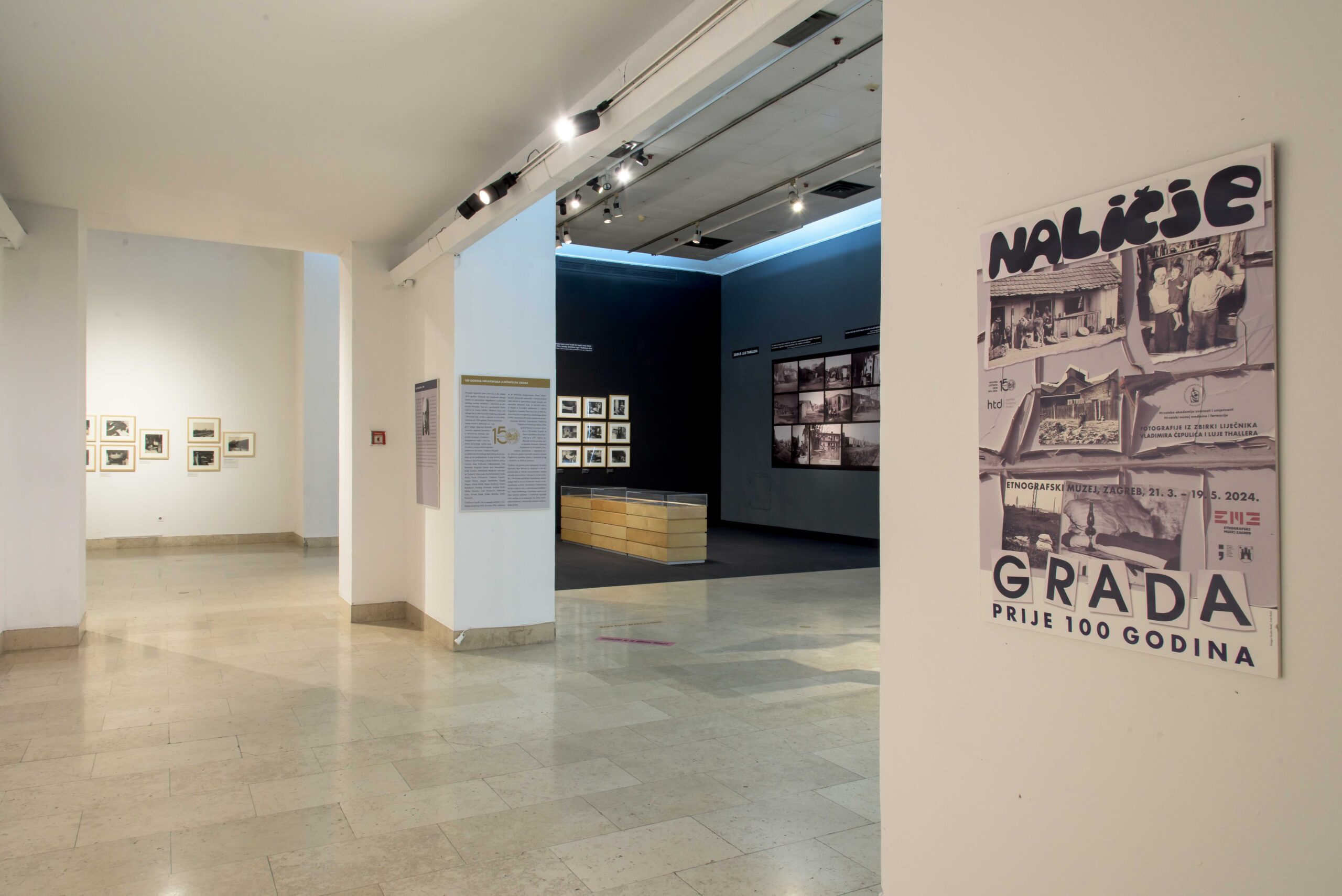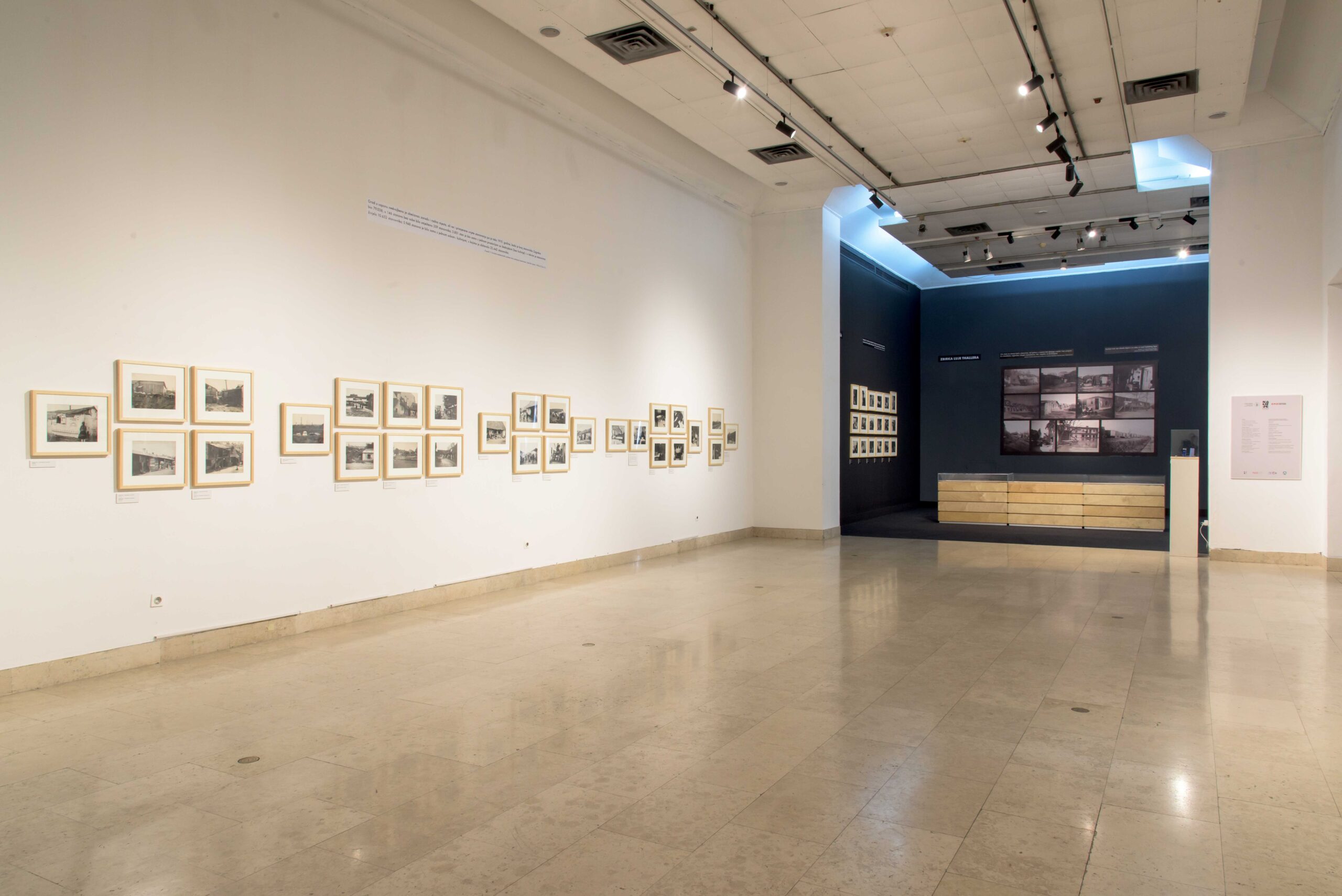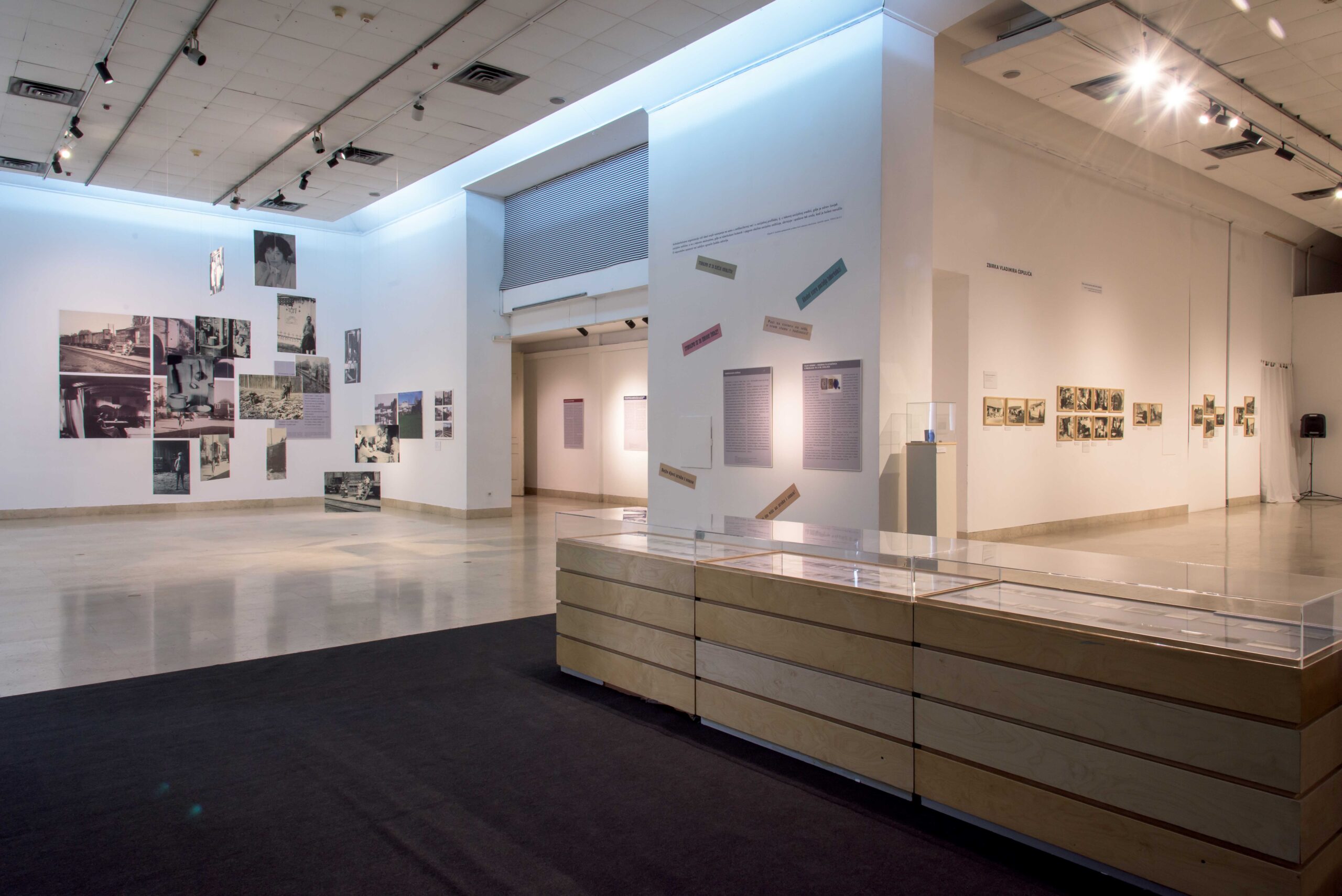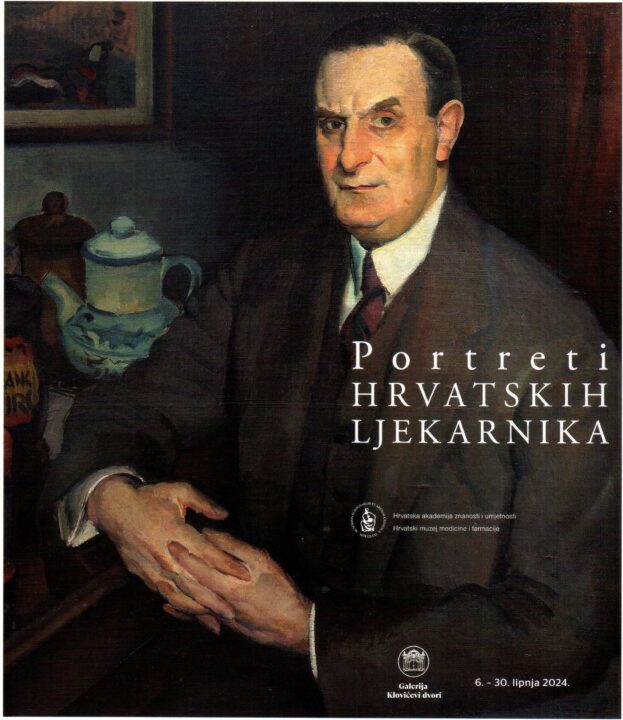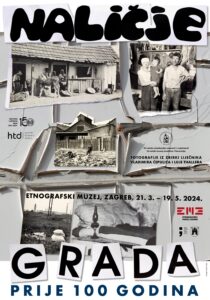
The Reverse Side of the City a Hundred Years Ago: the Photographs from the Vladimir Ćepulić and Lujo Thaller Collections
Study exhibition from the funds of the Croatian Museum of Medicine and Pharmacy HAZU
Zagreb, Ethnographic Museum, March 21 – June 2, 2024.
Social misery, homeless people, neglected and dilapidated places of the city most often represent invisible parts of the city’s face that we gladly bypass or from which we look away in everyday life. Sometimes the reverse side of the city is also exposed through medical observation, such as the photographic one with which the phthyologist Vladimir Ćepulić and the internist Lujo Thaller recorded the social pathology of Zagreb. Along with the medical approach, they focused their attention on photographic recording of the circumstances in which tuberculosis patients live and die. Their photographs contributed to the questioning of the new value system within medicine and society.
The exhibition shows Zagreb’s housing misery through the lens of social pathology with an emphasis on tuberculosis in the first decades of the 20th century, based on a preserved collection of photographs from the legacy of the doctor Vladimir Ćepulić (1891 – 1964), one of the presidents of the Croatian Medical Association (1935 – 1945) and Lujo Thaller (1891 – 1949), the founder of Croatian medical historiography. This rare and precious material sheds light on the involvement of social factors in the fight against tuberculosis, pointing to poverty, housing squalor and marginalized groups. The material shown at this exhibition contains a total of 132 photographs taken in Zagreb in the 1920s, which are now in the Croatian Museum of Medicine and Pharmacy of the Croatian Academy of Sciences and Arts.
In the context of early Croatian social photography, although they were not taken with artistic pretensions, the cycles of photographs of housing poverty in Zagreb from the collections of Vladimir Ćepulić and Lujo Thaller represent a significant and so far insufficiently explored segment of Croatian photographic heritage. It is particularly worth highlighting the previously unknown fact that these photographs were taken even ten years before the first artistic photographs with social motifs in Croatia, if we exclude the solitary example of the Beggar made by Count Karlo Drašković from 1894.
In the interwar period, topics such as tuberculosis, housing issues, venereal diseases and alcoholism became the focus of doctors’ interest, and under the influence of Štampar’s social medical ideology. Such an approach required the doctor to work through the dispensary service in order to be in closer contact with the patients. Although it affected all levels of society, the focus of the appearance of tuberculosis and its spread was considered to be the poor class and workers living in barracks, wagon houses, basements or attics, which were entered through barns or garbage dumps. Several families lived in such premises, often together with a tuberculosis patient. Facing the circumstances in the field encourages doctors in activities that represent an important superstructure in relation to the previous narrow medical activity.
The photographs from the Collection of Vladimir Ćepulić were taken in the field in 1924-1925 as part of the epidemiological investigation of the Antituberculosis Dispensary in Zagreb, at locations in the city center (Vlaška Street, Tkalčićeva Street, Nova Ves, Pod zidom, the old Ciglana – Klaićeva Street, behind today’s Museum Mimara, wagon flats behind the Botanical garden) and on the then periphery (Savska cesta, Trešnjevka, Zavrtnica, Novi naselak, Kanal). Then in 1932 they were exhibited at the IV. exhibition of the Association of Artists „Zemlja“ set up in the Art Pavilion in Zagreb. A selection of these photographs was included in Vladimir Ćepulić’s scientific article published in Liječnički vjesnik in 1939. In that article, entitled Social-Epidemiological Problems in the Suppression of Tuberculosis, Ćepulić cites statistical data on housing conditions: The rising city undoubtedly promised income and jobs, but not adequate living conditions, so in 1910, when the population of Zagreb was 79,038, 359 inhabitants were accommodated in 146 apartments without rooms; 3,801 apartments had only one room with a stove (without a kitchen) and 10,652 inhabitants lived in such apartments; 5,948 apartments had only one room and a kitchen, in which 23,442 inhabitants lived.
After the opening of the Museum for the History of Healthcare in Croatia in 1944, twenty photographs from this cycle were exhibited in the premises of the Croatian Medical Association at Šubićeva 9 in Zagreb. With the move to the Division for the History of Medical Sciences of HAZU in the 1960s, Ćepulić’s collection once again functioned as a photo archive as a research starting point. Today, these photographs are in the Photo Collection of the Croatian Museum of Medicine and Pharmacy, HAZU, as museum objects.
Dr. Lujo Thaller’s recently discovered collection of photographs of housing conditions in Zagreb around 1920 contains 58 small-format black-and-white photographs and is being presented to the public for the first time at this exhibition. Considering the lack of legends on the photos, it is not possible to determine their precise dating. Some photos show flooded houses and yards – these photos could have been taken during one of Zagreb’s floods (1922, 1923, 1925 and 1926). As a socially engaged doctor and long-time city representative, Thaller dealt with hygienic and communal problems of the city of Zagreb for years. He reviewed the principles of building houses from a hygienic point of view and studied the housing conditions of the poor population and their influence on the spread of tuberculosis. In the magazine Hrvatska njiva no. 2 from 1918, in his article titled How to combat drought in Croatia?, Thaller writes: When a man looks at an aristocratic or plutocratic palace, which would fit in London with its splendor and modernity, he thinks of the cellars in Tkalčićeva Street or the smoky cellars in all the villages two kilometers from the city, then he will not know what he would be more surprised by: those poor people, by whose sweat it was built and who lived their whole lives in those terrible, Asian, gypsy conditions, or those people, who don’t feel the misery and all that trouble at the end of their splendor. In Zagreb, we are struggling to introduce English customs and we are able to prevent a man from wearing a black tie to his tailcoat, and our peasants bathe once a year! (…) Mr. Dr. D. asserted that a man must lose his ideals between Vienna and Donji Lapac, and I say that he must lose them between Zagreb and Odra, between Jelačić Square and Tkalčićeva Street.
The exhibition was organized on the occasion of the 150th anniversary of the founding of the Croatian Medical Association.
IMPRESSUM OF THE EXHIBITION
ORGANIZERS
Croatian Museum of Medicine and Pharmacy HAZU
academician Marko Pećina, head of the Museum
prof. Ph.D. Stella Fatović-Ferenčić, M.D., deputy head of the Museum
Silvija Brkić Midžić, professor, director of the Museum
Division for the History of Medical Sciences, Department of History and Philosophy of Science, HAZU
Ph.D. Martin Kuhar, MD
PARTNERS ON THE PROJECT
Croatian Medical Association
prof. Ph.D. Željko Krznarić, president of the CMA
Ethnographic Museum, Zagreb
Ph.D. Zvjezdana Antoš, director
AUTHORS OF THE EXHIBITION CONCEPT
Silvija Brkić Midžić, prof.
prof. Ph.D. Stella Fatović-Ferenčić, M.D.
Ph.D. Martin Kuhar, M.D.
CURATOR OF THE EXHIBITION
M.Sc. Željka Petrović Osmak
ART SETTING OF THE EXHIBITION, VISUAL IDENTITY AND GRAPHIC DESIGN OF EXHIBITION MATERIALS
Studio Rašić
Ante Rašić
PHOTOS OF CONTEMPORARY VIEWS OF ZAGREB
Damir Fabijanić
TECHNICAL SETUP OF THE EXHIBITION
Restoration and preparation workshops and technical service, Ethnographic Museum
PREPRESS
Studio Rašić
Ankica Penava-Pejčinović
PUBLIC RELATIONS AND MARKETING
Ivana Lušić
DIGITALIZATION OF MUSEUM MATERIALS
Goran Vržina
ACCOMPANYING PROGRAM
Lorena Martinić, Anastazija Petrović, Silvija Vrsalović
PHOTOS OF THE OPENING AND LAYOUT OF THE EXHIBITION
Nina Koydl
The realization of the exhibition was financially supported by the Ministry of Culture and Media of the Republic of Croatia, the City Office for Culture and Civil Society of the City of Zagreb, the Croatian Medical Association and the Croatian Thoracic Society Toraks.
The digitization of museum materials was financed by the Science Foundation within the framework of the project IP-2019-04-1772.

